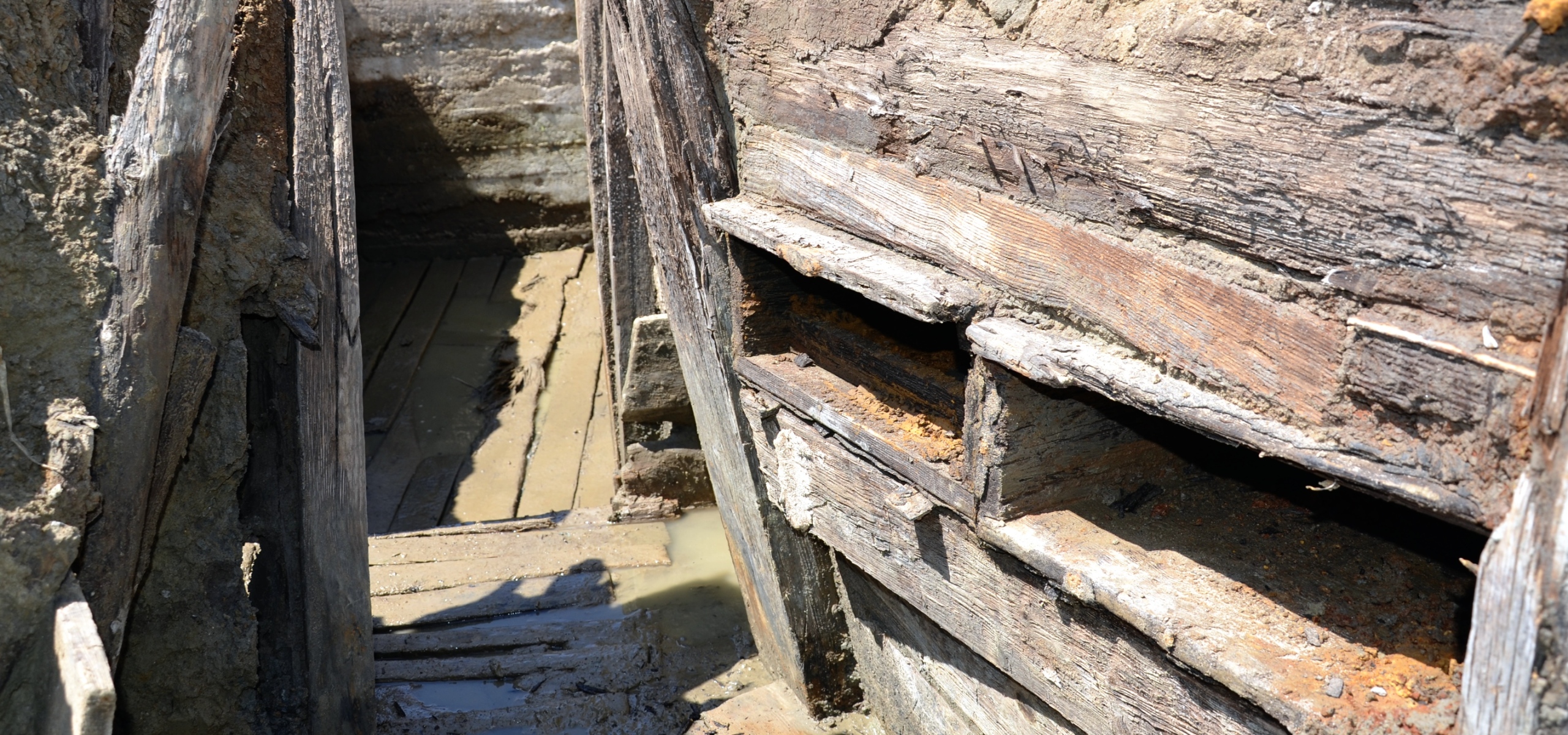WW1 Revisited
A Great War Journey with Paul Reed

Archives

This memorial to the Tank Corps commemorates their role in the Third Battle of Ypres but is part of a larger project to get a large scale replica of a First World War tank operational. The project has a fascinating blog that is worth reading and shows this framework tank replica going into place. Located on the road between St Julien – Vancouver Corner and Poelcapelle and while it appears to be… Read More
Hooge Crater Cemetery has 5,923 graves; more than half of them are unknown soldiers. One of the great Silent Cites of Flanders it sits on a ridge astride the Menin Road close to where flame-throwers were used for the first time against British troops in July 1915 and was the scene of intensive mining activity as tunnellers fought beneath the Western Front. Filming cemeteries like this for the Above The Battlefield project… Read More

Hooge was a small hamlet on the Menin Road east of Ypres and the scene of fighting from the First Battle of Ypres in October 1914. By 1915 it was very much on the front line and saw the first use of flamethrowers against British troops in July 1915 and became an area of intensive mining activity beneath the Western Front. Hooge Crater Cemetery was a post-war burial ground and made by… Read More
Prowse Point Military Cemetery was started in late 1914 by men of the British 4th Division who served in this sector from the end of the First Battle of Ypres through the first winter of the war in 1914/15. Units of the division took part in the Christmas Truce here in December 1914. The cemetery has 217 graves. The film shows a typical battlefield cemetery from the early war years along with… Read More

This week marks the centenary of the start of the First Battle of Ypres when the men of the British Expeditionary Force (BEF) defended the ground around Ypres for the first time in what would become almost four years of constant fighting in this area. The magnificent Black Watch Memorial at the site of Black Watch Corner near Polygon Wood overlooks the battlefield where a century ago the Old Contemptibles fought their… Read More

On this day in 2009 Great War veteran Harry Patch died aged an incredible 111 years. Often referred to as the ‘Last Fighting Tommy’, Harry Patch had served in Flanders with the Duke of Cornwall’s Light Infantry during the Third Battle of Ypres in 1917. He was the last surviving British soldier to have served in the trenches of the Western Front when he died and his face and voice have come to… Read More

The landscape of Flanders around the city of Ypres was covered with the remains of trenches when the war ended in 1918 but as the civilian population returned and reclaimed their land, gradually they disappeared. Original trenches can only be seen in a few locations around Ypres now but for new generations coming to the battlefields it is often hard to equate muddy ditches or shallow holes with what was once here…. Read More

A Belgian archaeologists carefully cleans a clip of British .303-inch bullets from the First World War. These were found during a dig at the Belgian town of Messines, in Flanders, in 2012 which featured in Channel 5’s WW1 Tunnels of Death. Items like this are found every year and are still potentially dangerous; they should always be left well alone.

This German trench, dating from 1916, was unearthed during a major excavation by ADeDe archaeologists lead by Simon Verdeghem in 2012. The dig featured in Channel 5’s WW1 Tunnels of Death. The trench links into a large German dugout dating from the same period. The small recesses on the right were for hand grenades; one was still full of German Stick Grenades when uncovered. This is the deepest evert intact trench excavated on… Read More

This tree-lined avenue runs from the high ground behind the old British positions which overlooked Messines Ridge in Flanders. It was tree-lined in 1914 and remains one of the few places that looks almost identical to what it was like a century ago. Photographed on a summer’s evening in 2013 with a Nikon D7000.

In the four years of the Great War in Flanders the British Army established camps all around Ypres, many of them containing permanent structures like these two shelter bunkers located on the former site of ‘ANZAC Camp’ south-west of the city of Ypres. The camp had been used by Australian and New Zealand troops during the Battle of Passchendaele, but the bunkers may date from early 1918.
Comments on WW1 Revisited